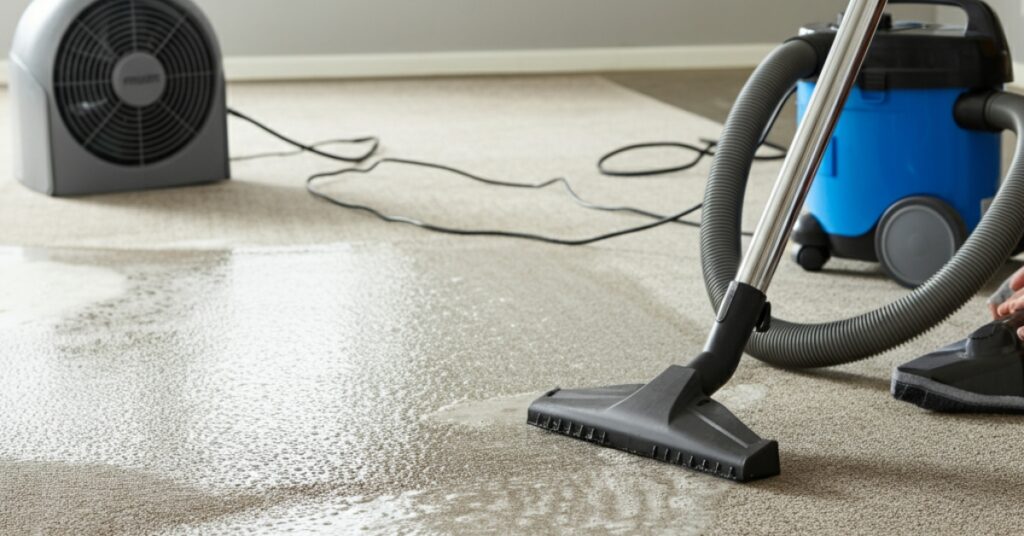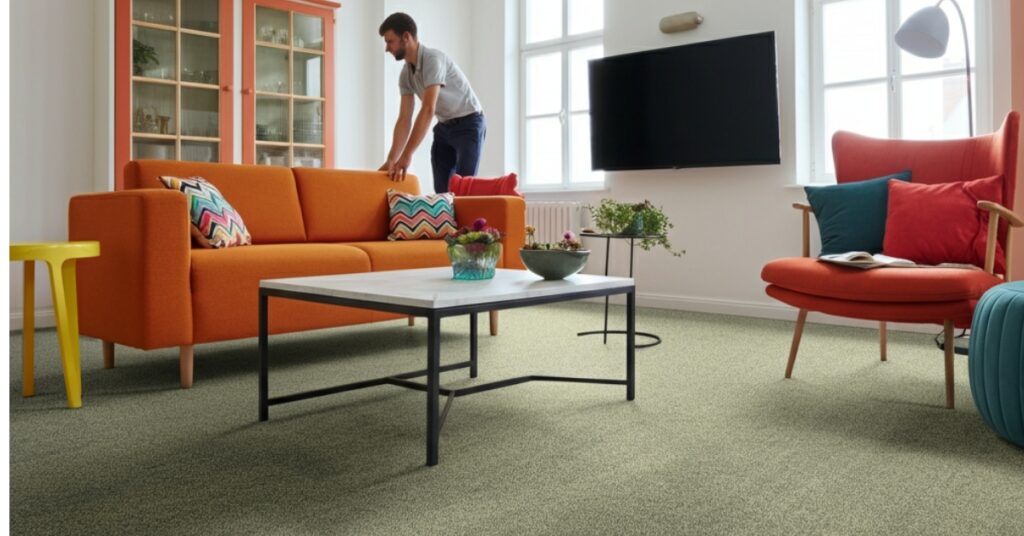As an Amazon Associate, I earn from qualifying purchases.
When you start planning a new flooring project, one of the first questions you might have is, “How big is a roll of carpet?” Understanding the standard dimensions of carpet rolls is crucial for estimating costs, planning your purchase, and ensuring a smooth installation process. Getting this right from the start helps you buy the correct amount of material, which ultimately saves you both time and money.
Knowing the typical sizes of carpet rolls allows you to calculate exactly how much you need for your space. This knowledge also helps you minimize waste and avoid the frustration of running short mid-project. Furthermore, it prepares you for the logistics of transporting and handling a large, heavy roll of carpet, whether you’re a DIY enthusiast or hiring professionals for the job.
Understanding Standard Carpet Roll Dimensions
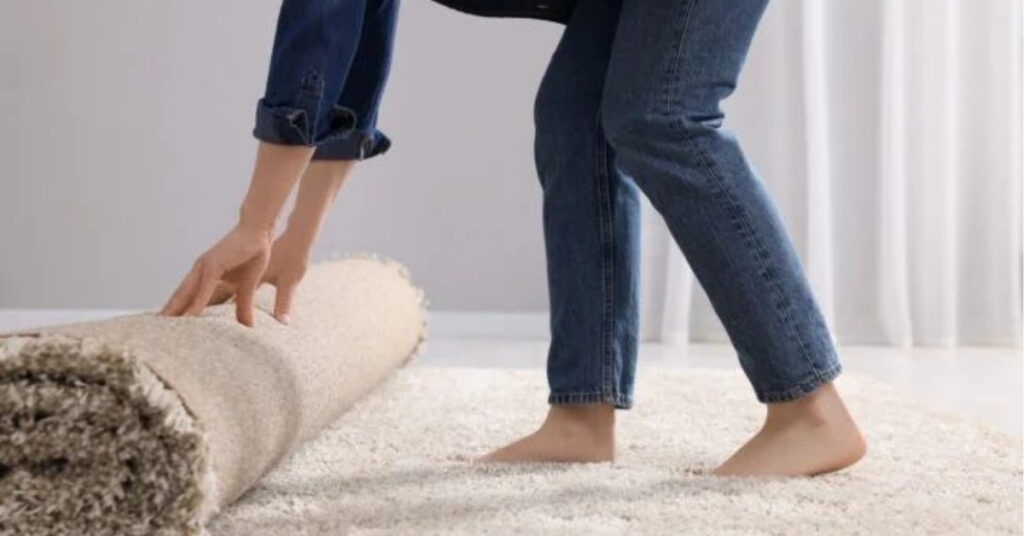
When you ask, “How big is a roll of carpet?” you’re primarily concerned with its width. The industry standard for broadloom carpet rolls in the United States is 12 feet wide. This width is designed to fit most standard room sizes with minimal seams, which creates a more uniform and professional appearance once installed.
While 12 feet is the most common width, it’s not the only option available. Some manufacturers also produce carpet rolls that are 13 feet 6 inches or even 15 feet wide. These wider options are particularly useful for larger, open-plan spaces, as they can further reduce the number of seams needed. The length of a carpet roll can vary significantly, typically ranging from 100 to 150 feet, depending on the manufacturer and the specific style of carpet.
Calculating How Much Carpet You Need
To determine the amount of carpet you need, you must first accurately measure your space. Start by measuring the length and width of each room you plan to carpet. It is always a good practice to multiply these two measurements to get the total square footage. For example, a room that is 10 feet wide and 12 feet long would require 120 square feet of carpet.
However, since carpet is sold from a roll of a fixed width (usually 12 feet), you can’t just order the exact square footage. You need to plan how the carpet will be laid out to cover your floor with the fewest cuts and seams. It’s also essential to add about 10% extra to your total measurement to account for cutting, trimming, and potential mistakes. This extra material ensures you have enough to complete the job without any last-minute shortages.
The Role of Carpet Width in Installation
The width of a carpet roll plays a significant role in the installation process. For rooms wider than the roll, a seam will be necessary. Installers must carefully align the pattern and pile direction of the two pieces to make the seam as invisible as possible. The skill of the installer is critical here, as a poorly executed seam can be very noticeable and may even lead to premature wear.
In contrast, using a wider roll, such as one that is 15 feet, can eliminate the need for seams in many rooms, leading to a cleaner, more continuous look. This is especially beneficial in large living rooms or master bedrooms. Therefore, when you are considering how big a roll of carpet is, think about your room’s dimensions and whether a wider roll could simplify the installation and improve the final result.
What Factors Influence the Size of a Carpet Roll?
Several factors can influence the dimensions of a carpet roll. The manufacturer’s production standards are the primary determinant. While 12 feet is standard, some companies specialize in wider rolls to cater to specific market demands for seamless installations in larger spaces.
The type of carpet also matters. For instance, commercial-grade carpets, often used in offices and large public areas, may come in different widths or even as carpet tiles to facilitate easier installation and replacement. Additionally, custom orders can sometimes be placed for non-standard sizes, though this is typically more expensive and may have longer lead times. Understanding these variables helps you make a more informed choice when selecting your carpet.
Weight and Transportation Considerations
A full roll of carpet is not only big but also very heavy. The weight depends on the carpet’s material, pile density, and overall size. A standard 12-foot wide roll can weigh anywhere from 500 to over 1,000 pounds. This substantial weight makes transportation and handling a significant logistical challenge.
Because of its size and weight, you will likely need a truck or a large van for transport. You will also need several strong individuals or specialized equipment, like a forklift or carpet dolly, to move it. When planning your project, it’s crucial to consider these logistical aspects. Many suppliers offer delivery services, which can be a worthwhile investment to ensure the carpet arrives safely at your home without any damage or personal injury.
Frequently Asked Questions
1. What is the standard width of a carpet roll?
Yes, the industry standard width for a residential carpet roll in the United States is 12 feet (or 3.66 meters). However, some manufacturers also offer wider rolls of 13 feet 6 inches or 15 feet to accommodate larger rooms.
2. Can I purchase less than a full roll of carpet?
Yes, you do not need to buy a full roll. Carpet retailers will cut the length you need from a large roll. You purchase the carpet by the linear foot, but you will be charged for the entire width of the roll (e.g., 12 feet), regardless of how much of that width you actually use.
3. Why do I need to buy extra carpet?
It is recommended to purchase about 10% more carpet than your room’s exact square footage. This extra material, often called an “overage,” accounts for the cuts and trims needed to fit the carpet around walls, doorways, and other obstacles. It also provides a buffer for any mistakes during installation.
4. How is the weight of a carpet roll determined?
The weight is determined by the carpet’s materials, pile height, and density. Natural fibers like wool are generally heavier than synthetic fibers like nylon or polyester. A denser, thicker carpet will weigh more than a thinner, less dense one.
5. Are there different roll sizes for commercial carpets?
Yes, commercial carpets can come in different sizes. While 12-foot rolls are still common, commercial settings often use carpet tiles (e.g., 24×24 inches) because they are easier to install, replace, and maintain in high-traffic environments like offices or hotels.
6. How do I transport a large roll of carpet?
Transporting a large roll of carpet typically requires a truck or a large van. Due to its significant weight and size, you will also need help from several people or use equipment like a carpet dolly to move it safely. Most retailers offer a delivery service for convenience.
Final Verdict
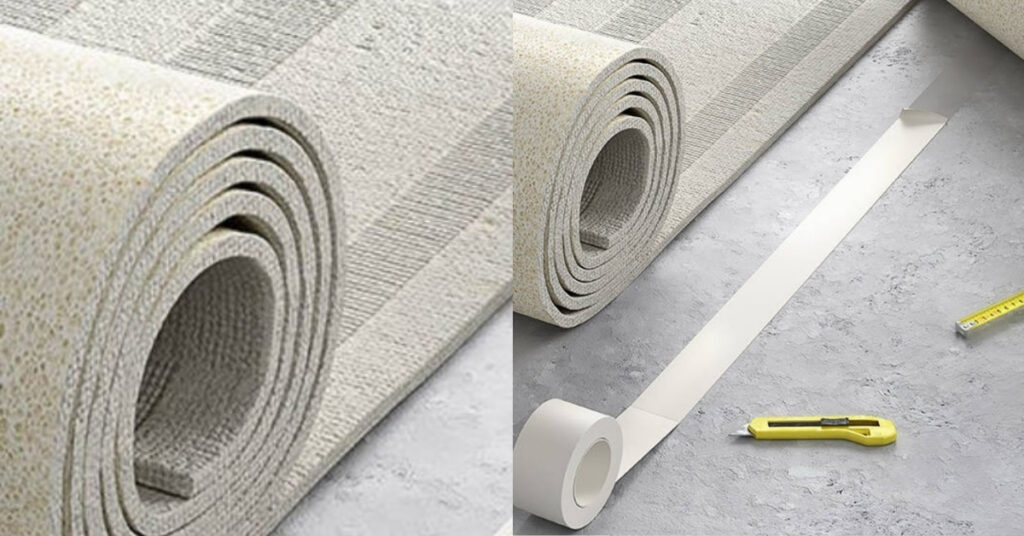
Understanding “how big is a roll of carpet” is the first step toward a successful flooring upgrade. With standard widths of 12 or 15 feet, you can effectively plan your layout to minimize seams and reduce waste. Always remember to measure your space carefully and purchase a little extra to ensure you have enough material to complete the job flawlessly.
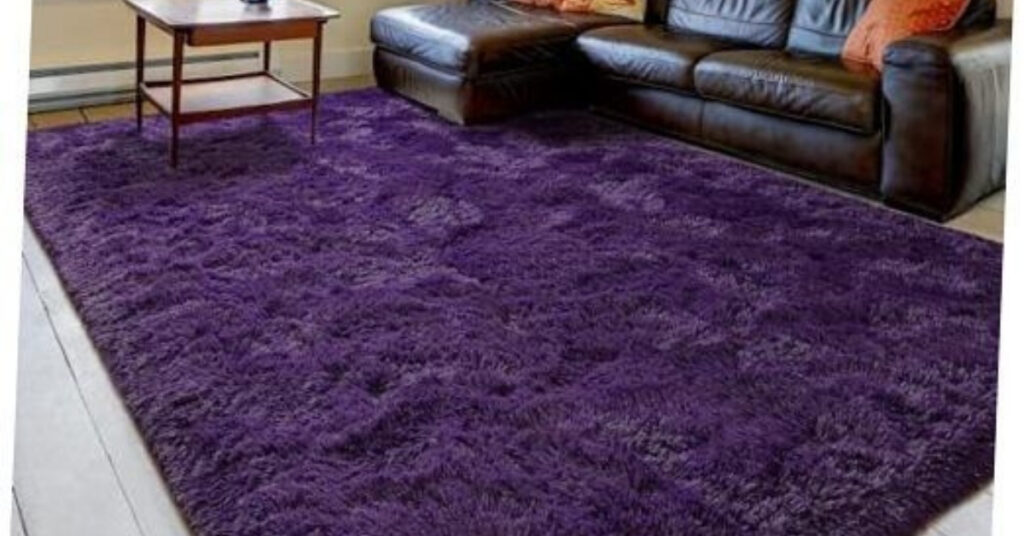
By taking the time to plan, you can confidently select the right carpet for your home, arrange for its delivery, and prepare for a smooth installation. This knowledge empowers you to manage your budget effectively and achieve a beautiful, professional-looking result that you will enjoy for years to come. Rean more about: How Long Does It Take to Install Carpet?
As an Amazon Associate, I earn from qualifying purchases.


